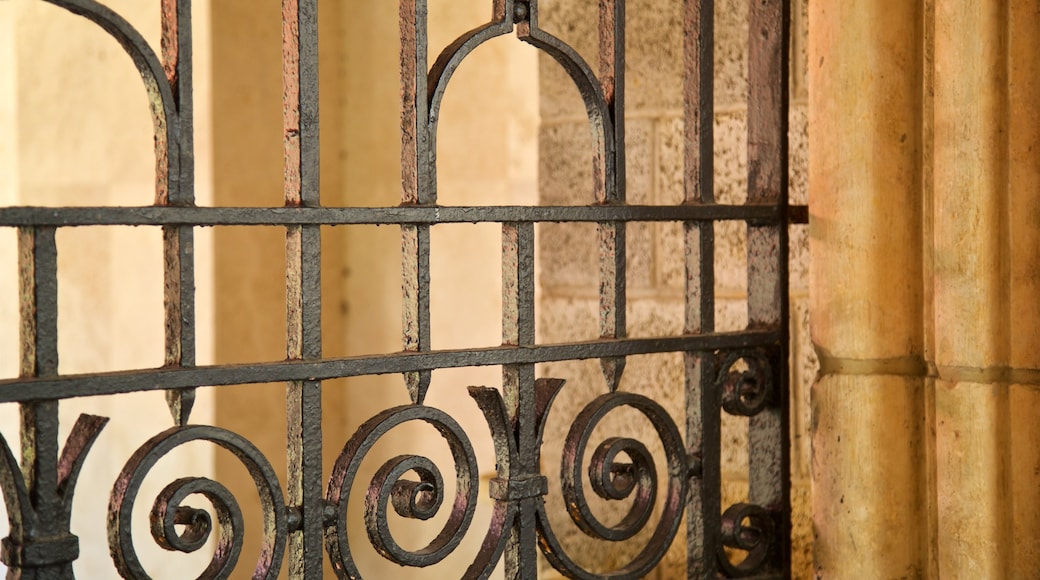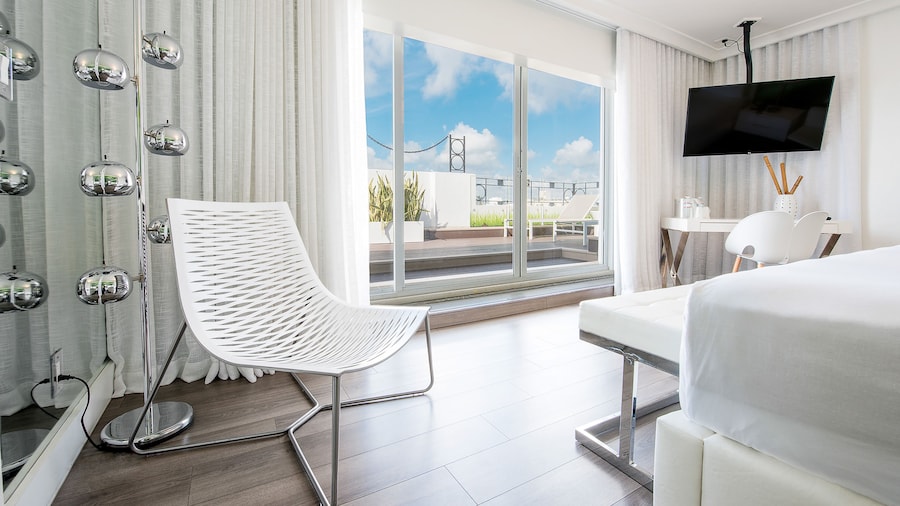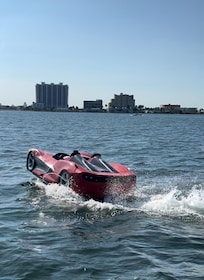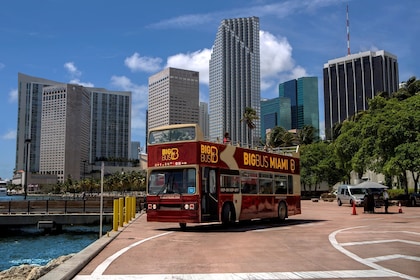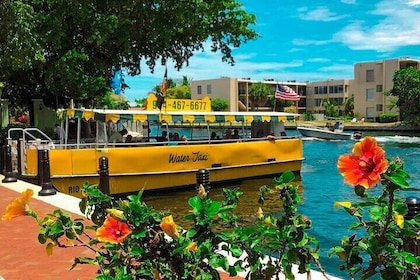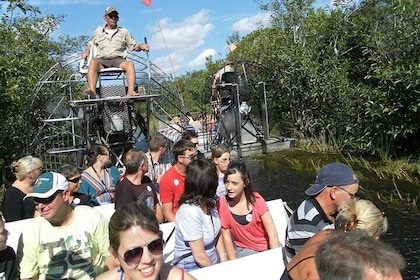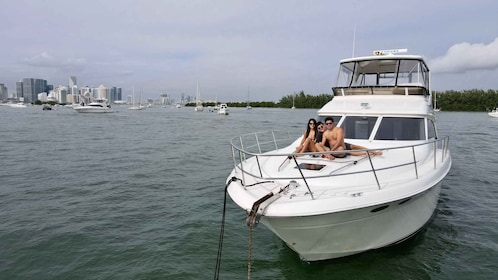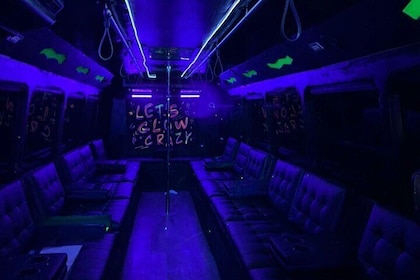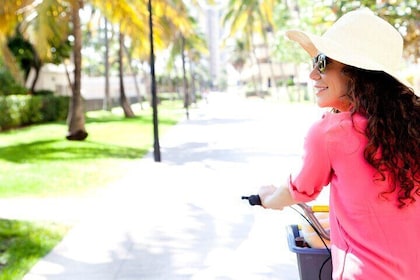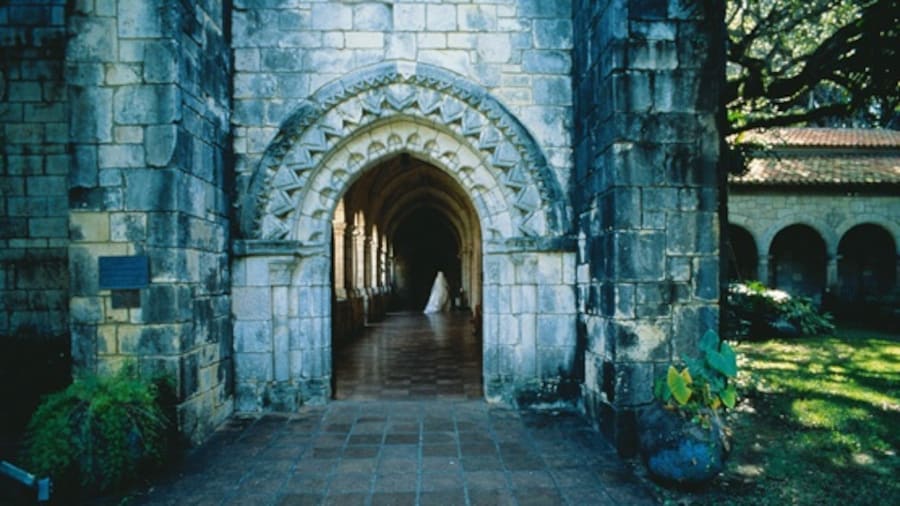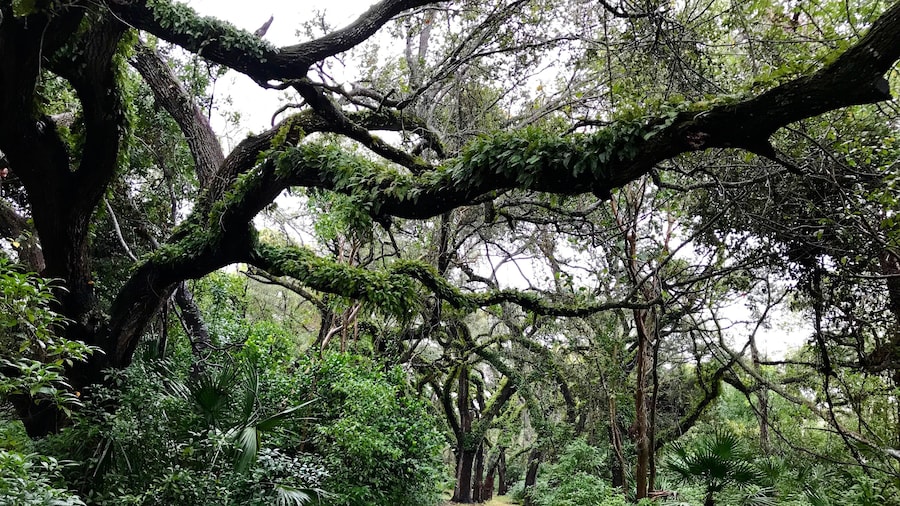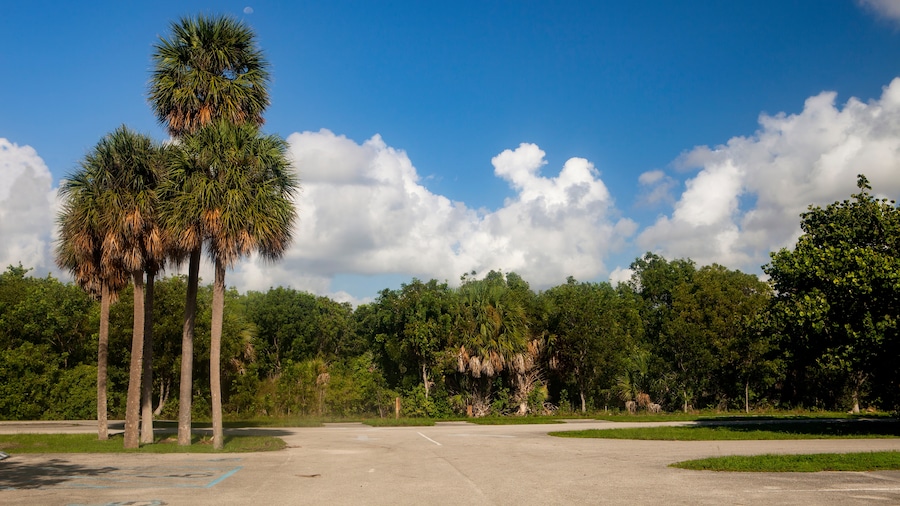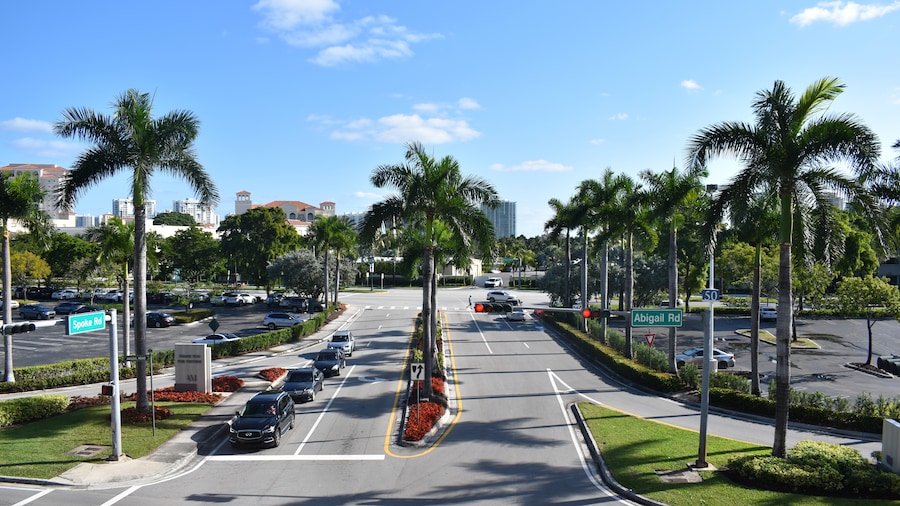Visit a very old place that’s been called the biggest jigsaw puzzle in history. You may find a spiritual connection.
In the mid 12th century, The Ancient Spanish Monastery in North Miami Beach was constructed in the Spanish town of Sacramenia and remained a religious building until the mid 19th century. It then became a granary and stable until it was disassembled and moved piece by piece to its new location in Florida. In 1953, the process of rebuilding it was coined the biggest jigsaw puzzle in history by Time Magazine. Walk through the monastery to realize how painstaking the process of reconstruction must have been.
Although Spanish influences can often be found in this state, coming across a Spanish monastery is still a surprise. See its pillared cloisters, friezes and stone capitals that authentically represent commonplace structures in Spain.
The monastery’s resurrection is owed to philanthropist William Randolph Hearst who bought the building in 1925. Shortly after the purchase he endured financial hardship and the monastery was left in pieces in large crates. After Hearst’s death in 1952 two businessmen saw the potential of the monastery as a tourist site.
Just over a decade later, a wealthy banker bought the monastery and it was given to the Bishop of Florida and reinstated as a religious building. Renamed the Church of St. Bernard de Clairvaux, it remains an active church with incredible appeal to many people. Weddings are popular at the monastery because of its gardens and old-world charm.
Attend a weekly RUAH service when all faiths are invited for an hour of multisensory spiritualism involving sound, light, shadow and form. The music used in the service is a mix of ancient and modern to support hymns and prayers from musicians using flamenco, soul, jazz and funk styles.
There is a fee to enter the church seniors and students pay half. Tours are available most days. Portrait photography requires a separate fee.
Find The Ancient Spanish Monastery in North Miami Beach. Check online or call ahead to make sure the church is not closed to the public due to a religious service or special event.



